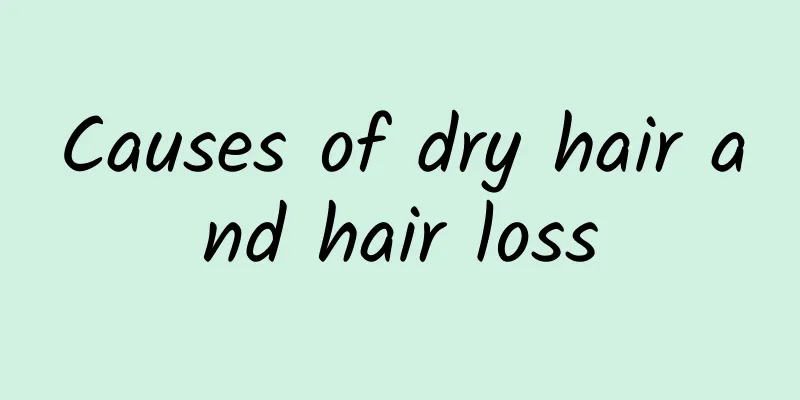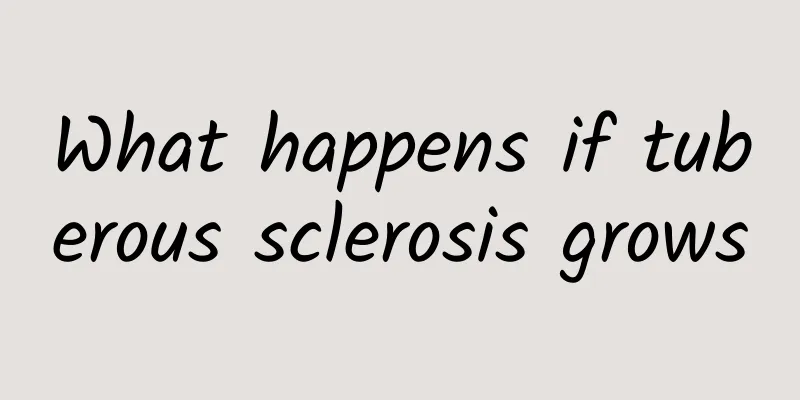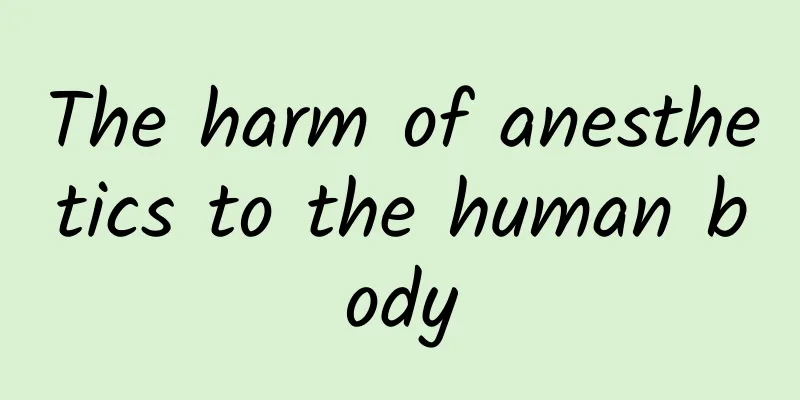What should I do if blisters appear near my anus?

| The anus is the most important excretory hole for people. It can expel waste gases from the body, especially food digested by the stomach and intestines, in a timely manner, thus promoting the health of the body. However, the anus is also a part of the body that is prone to problems, often leading to more serious diseases and causing great pain to people. Let’s take a look at what to do if blisters grow next to the anus? Perianal eczema refers to eczema that is limited to the skin around the anus and may occasionally involve the perineum. The itching is unbearable. It is often moist, the skin is infiltrated and thickened, and cracking may occur. The disease can occur at any age. 1. General principles of prevention and treatment (1) Try to find the cause of the disease. Therefore, it is necessary to have an in-depth understanding of the patient's work environment, living habits, diet, hobbies, thoughts and emotions, and conduct a comprehensive examination of the whole body to check for chronic lesions and internal organ diseases in order to eliminate possible pathogenic factors. (2) Avoid various external stimuli, such as hot water washing, violent scratching, excessive washing, and other substances that the patient is sensitive to, such as fur products. (3) Avoid foods that are allergenic and irritating, such as fish, shrimp, strong tea, coffee, alcohol, etc. (4) Explain the key points of protection to the patient in detail, guide the use of medication, and encourage the patient to cooperate with medical staff to give full play to the patient's subjective initiative. 2. Internal therapy Western medicine can use antihistamines to relieve itching. In case of acute or subacute generalized eczema, 5% calcium bromide, 10% calcium gluconate or 10% sodium thiosulfate solution can be injected intravenously once a day, with 10 times as a course of treatment. For patients with widespread infection, effective antibiotics should be used in combination. In addition, B vitamins, vitamin C and drugs that regulate nerve function are also helpful. Oral or injected glucocorticoids are generally not recommended. Although hormones have a quick effect on reducing inflammation, itching and reducing exudation, they quickly relapse after discontinuation, and long-term use can easily cause many adverse reactions. 3. The principles of topical therapy are the same as those for contact dermatitis. Choose appropriate dosage form and medicine according to the condition of skin lesions. For small-scale subacute eczema, the application of glucocorticoid cream and tar preparations for external use is more effective. |
<<: What's going on when there's a white thing next to my eyeball?
>>: What’s going on with a lump growing near the corner of my eye?
Recommend
Elevated alanine aminotransferase
Elevated alanine aminotransferase is a common cli...
Gualou Xiebai Guizhi Decoction
my country has been conducting research on Chines...
How often should you do scraping?
For everyone, scraping should be familiar with it...
What causes eyelid edema?
Eyes are not only the windows to the soul, but al...
Is Chinese medicine useful for kidney stones?
Many people in life have suffered from kidney sto...
Is Chinese medicine cupping useful for weight loss?
In real life, many people have encountered the pr...
What is the traditional Chinese medicine treatment formula for urticaria?
For most people, traditional Chinese medicine is ...
Using toothpaste like this will ruin your teeth
We need to brush our teeth at least twice a day, ...
What to do if you fall asleep
Sleep problems are a concern for too many people!...
Is herpetic conjunctivitis serious?
Herpetic conjunctivitis is a very common disease ...
Lemon verbena benefits and effects
As a typical tropical plant, lemon verbena itself...
What are some ways to relieve eye pain and headache?
Eye pain and headache are two common physiologica...
What is the best tea for pharyngitis?
After suffering from pharyngitis, in addition to ...
Itchy red spots on the body
Many friends have experienced the situation where...
The best way to remove fat particles
There are many ways to remove fat particles. The ...









